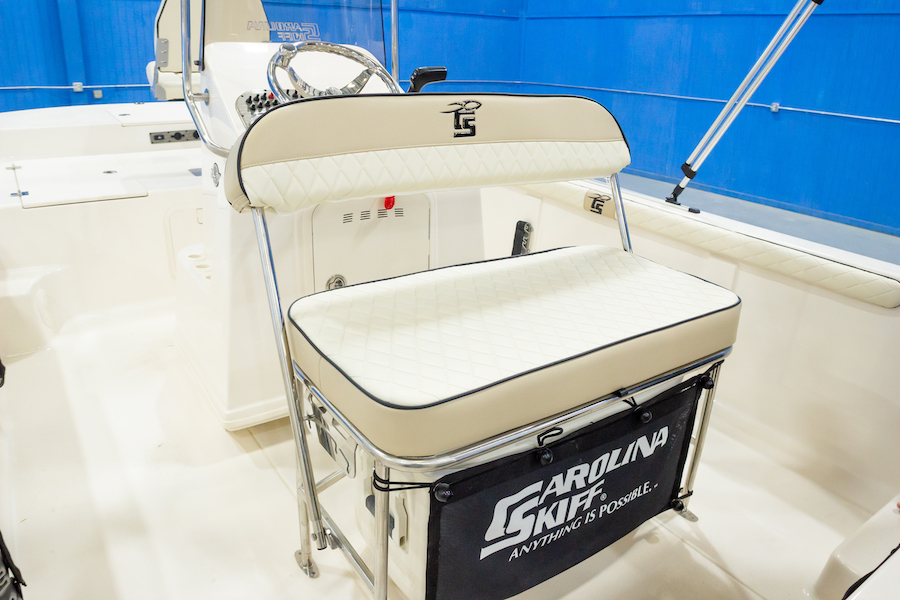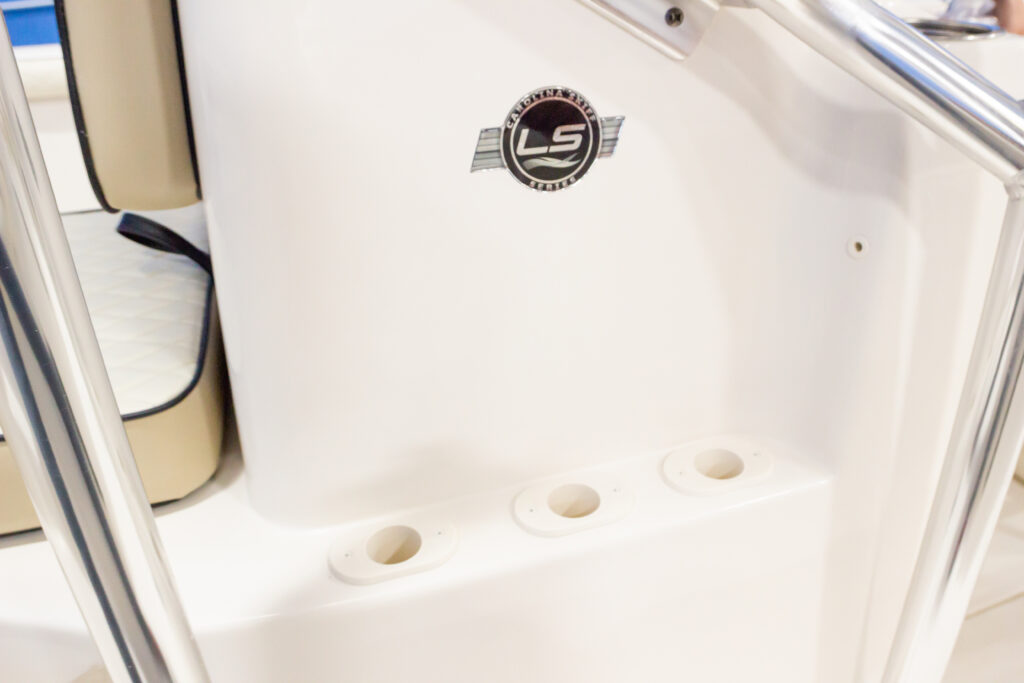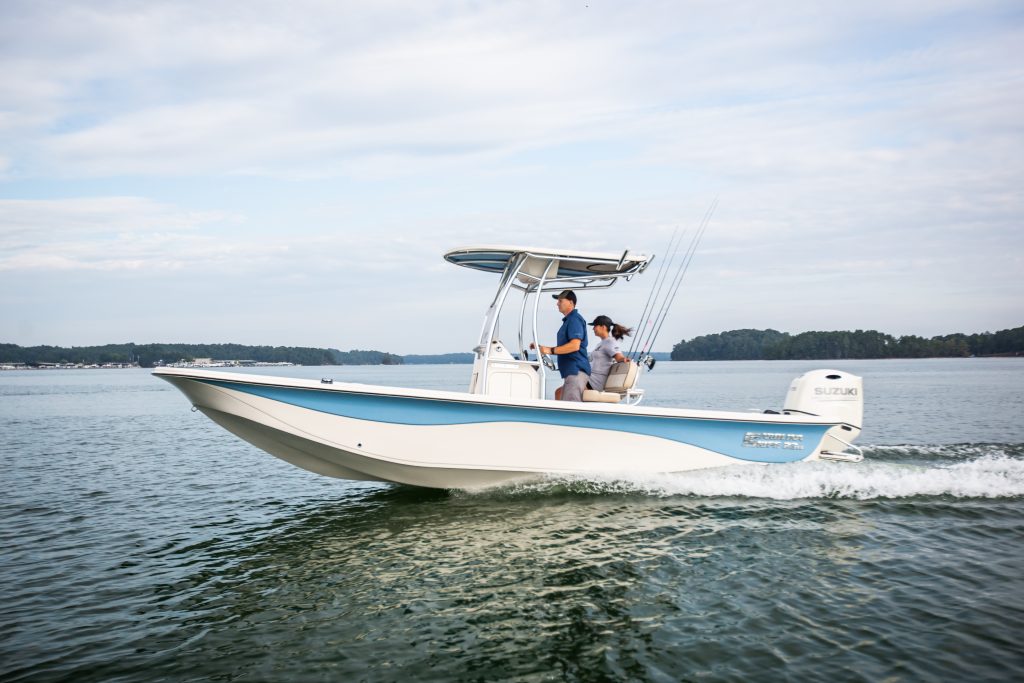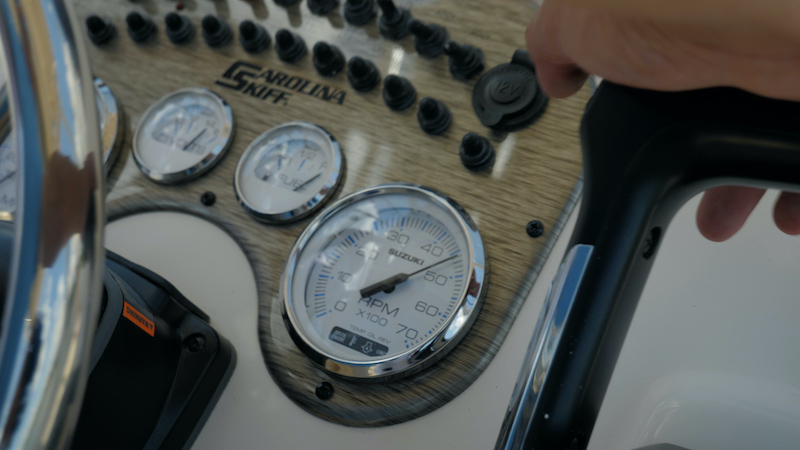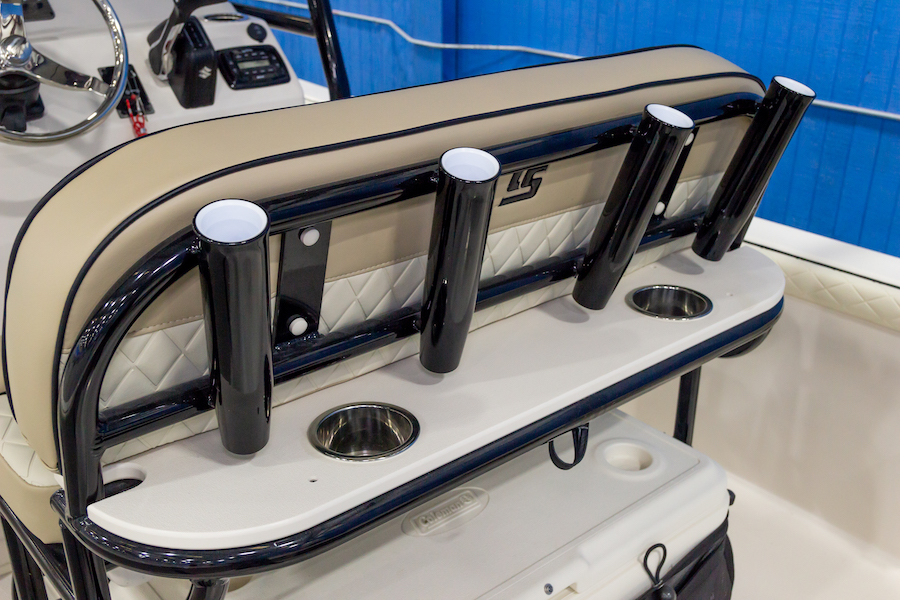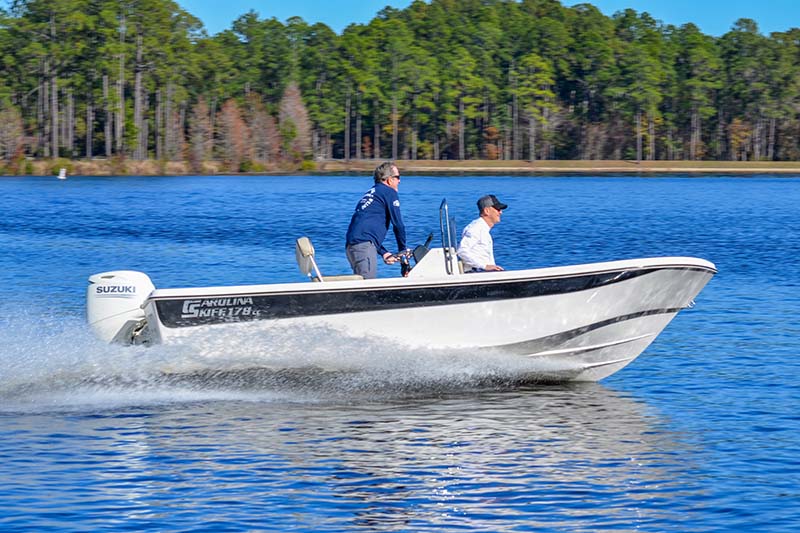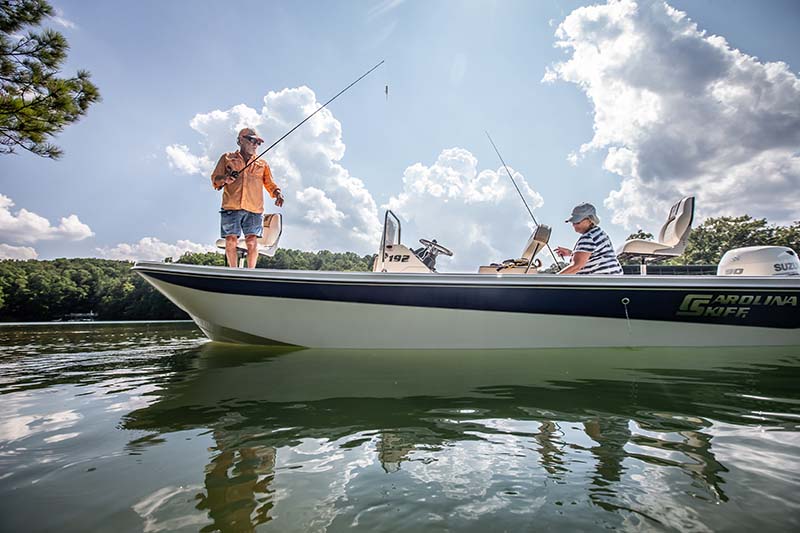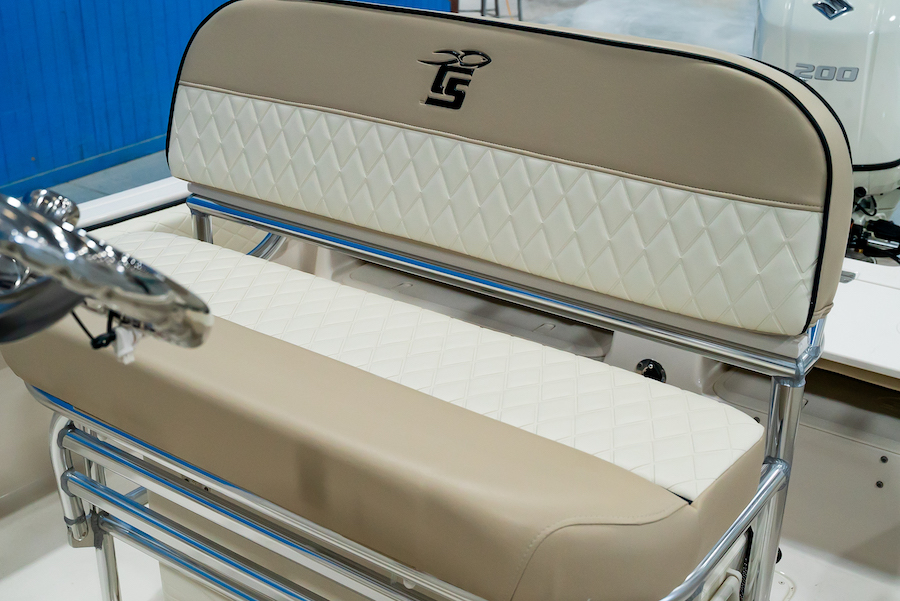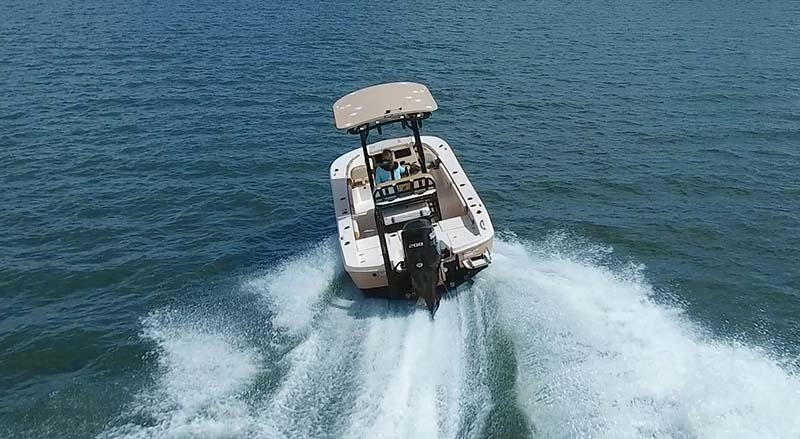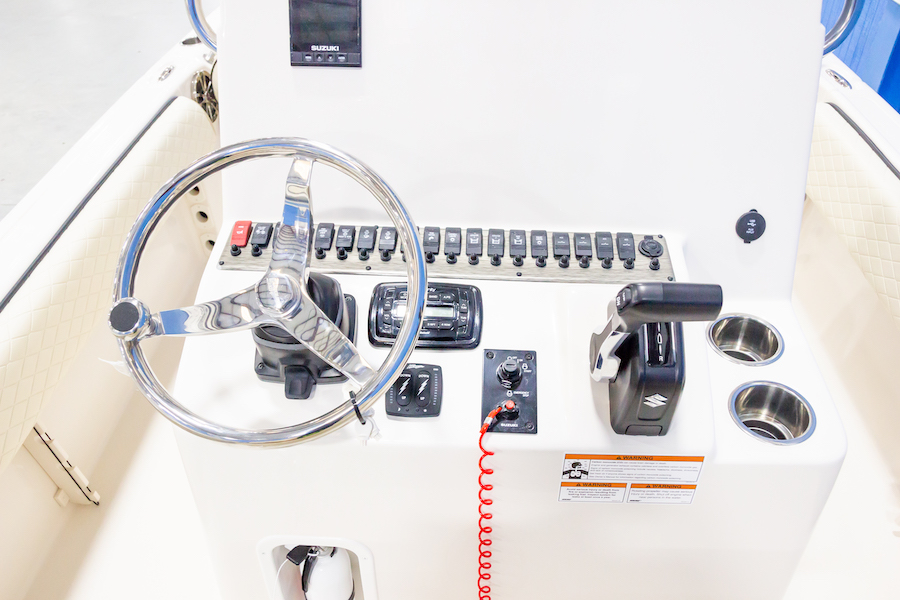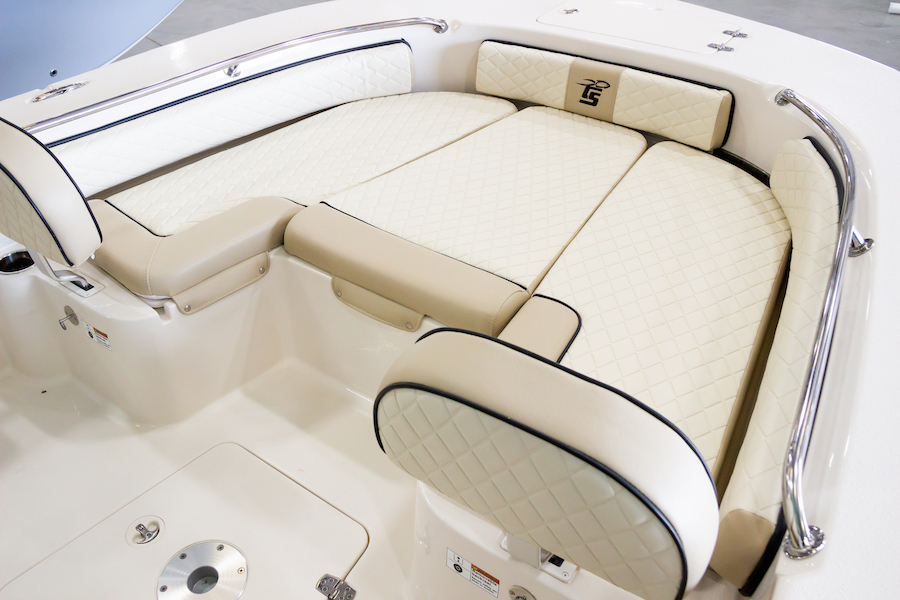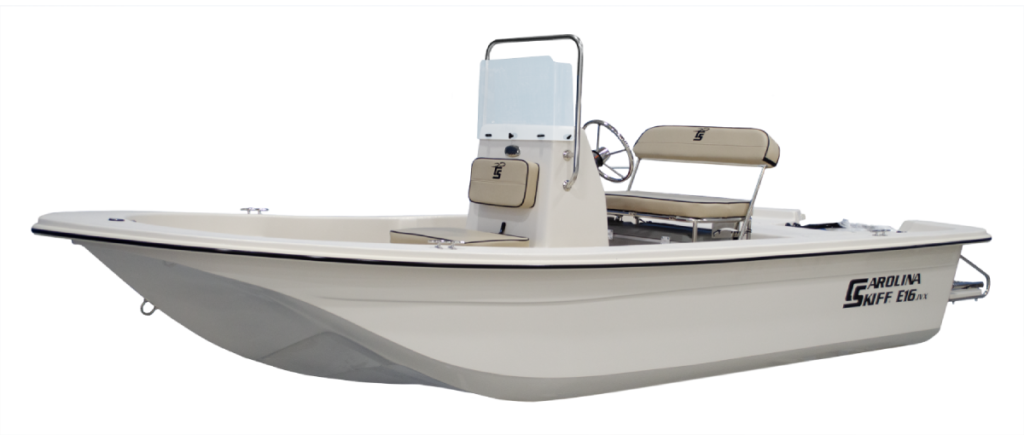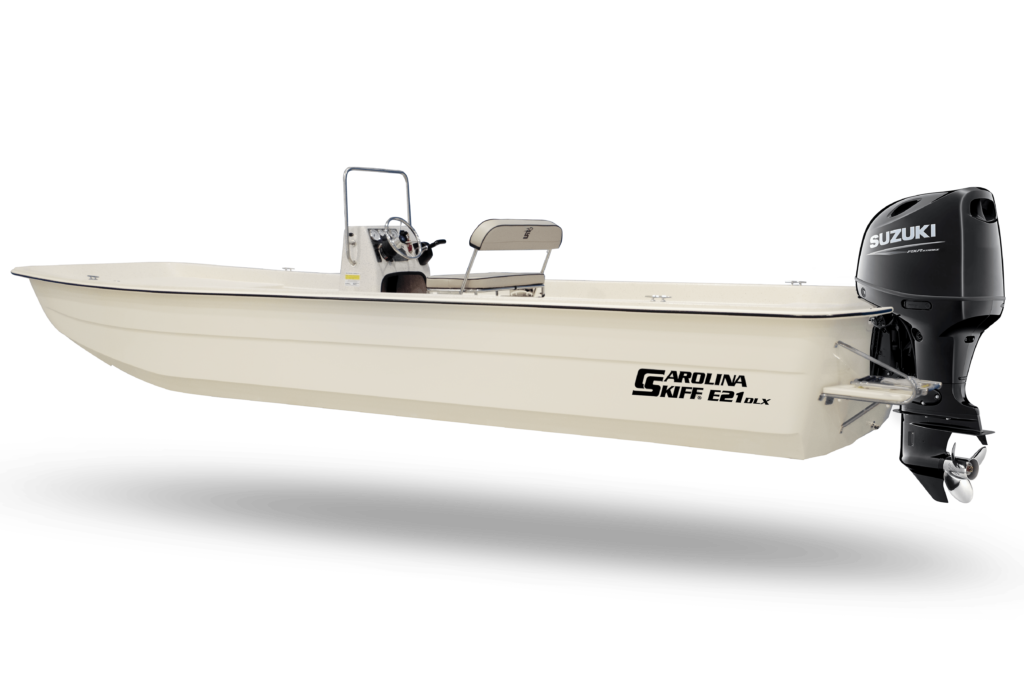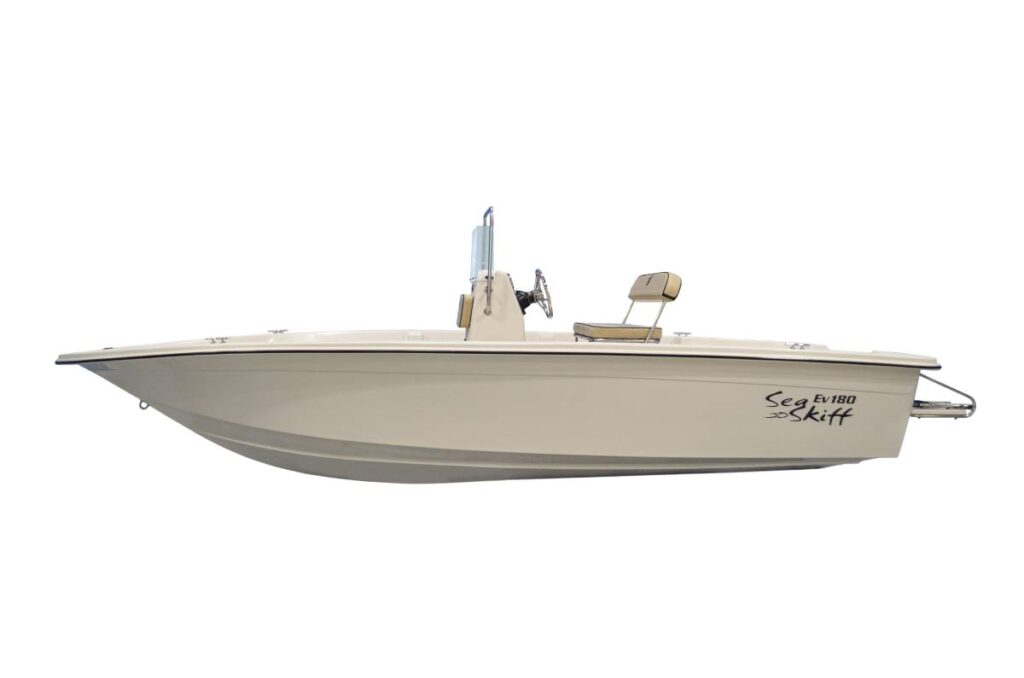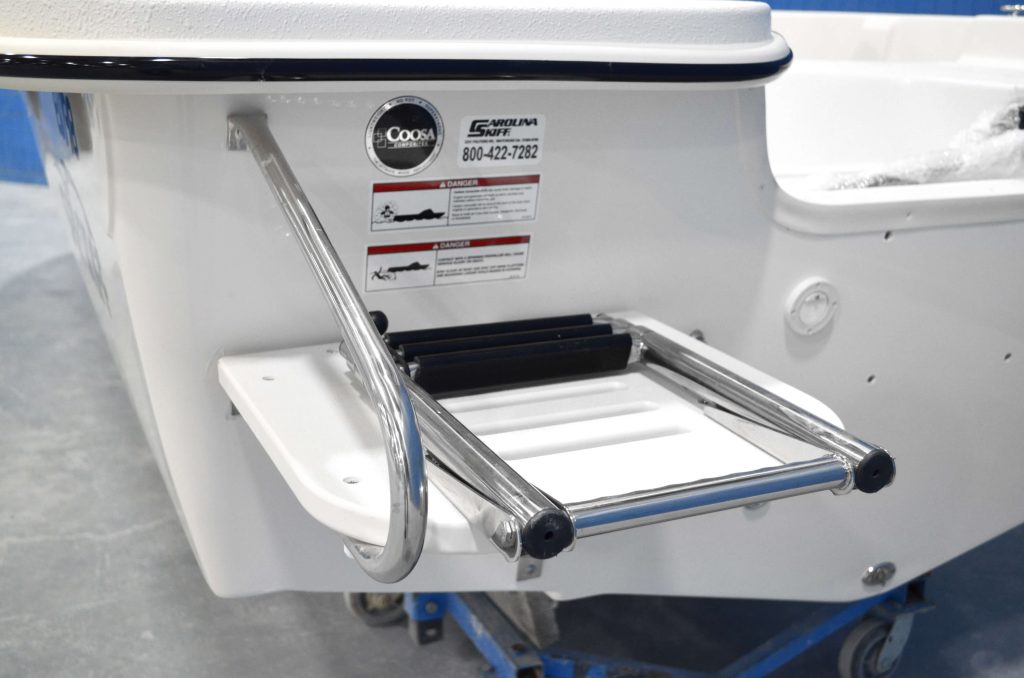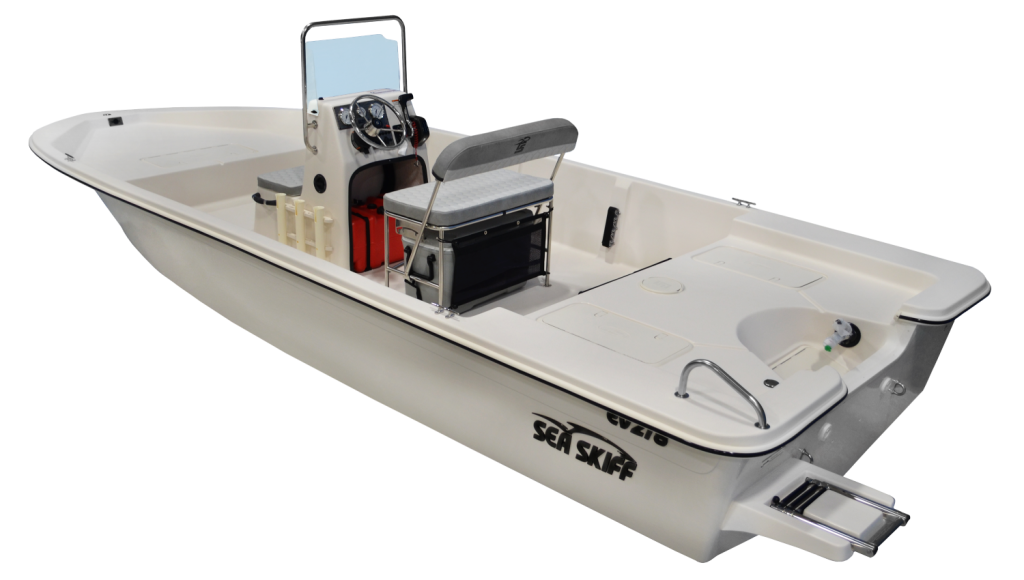
It’s hurricane season. While summer is synonymous with water sports, it also means we are at risk for hurricanes and tropical storms. What can you do to prepare your boat for a hurricane emergency?
After analyzing insurance claims for more than 20 years, the BoatU.S. Foundation compiled a comprehensive list of the best, and worst, ways to prep your boat for a hurricane. We’ll start with the worst.
Don’ts
Avoid marinas with floating docks and shorter pilings. Shorter pilings are less likely to accommodate the dreaded storm surge. Instead, boats at floating docks with shorter pilings should be hauled out of the water or moved to a more secure location.
Don’t keep your boat in a marina with a low-lying seawall or spit of land. These areas are more vulnerable to storm surges and breaking waves.
Stay away from cramped, fixed docks. If you have a tight slip compared to the beam of your boat, chances are this is not a safe storage area during a hurricane.
Never rely on older docks and mooring lines. Practical Sailor publication found that older lines lost up to 75 percent of their original strength because of UV exposure, dirt, salt and repeated stretching. Instead, purchase new lines, which have factory-coated polymers that lubricate each fiber.
Like the plague, avoid storing boats on Davits and lifts. When stored in either fashion, the boats are at risk of blowing off, bunk boards breaking and a host of other problems. If possible, boats on lifts should be stored ashore or in a safer location in the water.
Dos
While boats pulled out of the water tend to suffer less damage than boats at docks, it is recommended you strap down the boat securely to some sort of anchor, such as “eyes set in concrete or helical anchors drilled into the ground.” This helps prevent jack stands from rocking back and forth and moving out of position.
If you’re able to pull your boat from the water, try to find areas of high ground – the higher the better.
If you have to keep your boat in the water, choose a marina with floating docks and tall pilings – between 16- and 18-feet high. Floating docks allow boats to rise and fall with the surge while reducing line stress. And if the pilings are tall enough, the floating docks have a better chance of not being carried away.
When moored, BoatU.S. recommends choosing a helical mooring, which is less likely to be pulled out and can withstand higher amounts of strain compared to mushroom anchors and dead weight (concrete) anchors.
Dry-stack storage facilities are proven to be effective during hurricanes. However, BoatU.S. recommends choosing facilities with newer construction, which are more likely to have stronger structural support.
What else can you do?
In addition to choosing safe storage, docking or mooring, the BoatU.S. Foundation recommends inspecting your boat for potential problems that may arise during a hurricane, such as with the anchor, lines and cleats. For example, ensure the anchor is the proper size for your vessel, inspect lines for size, wear and chaffing, and check how cleats are installed – do they have a secure backing plate and are the bolts stainless steel?
Additionally, be sure to inspect other areas of the boat and the trailer, and verify your hurricane insurance coverage, in case of damage or loss.
One of the best policies any boater can have in place is a plan. This means not only being prepared to evacuate, but also knowing your marina’s hurricane policy and possibly joining a “hurricane club,” which allows you to have your boat hauled when a warning is posted.
For more important tips on what you can do to prepare your boat for a hurricane, BoatU.S. offers a hurricane prep class for boaters, found here.





